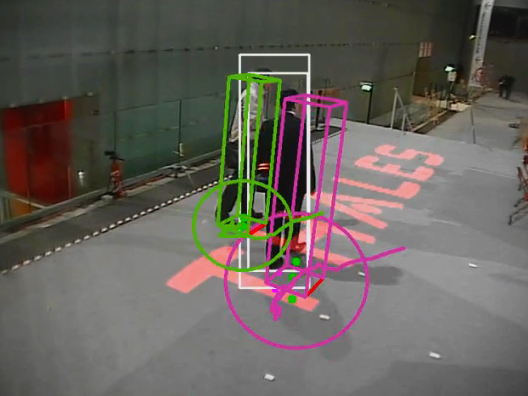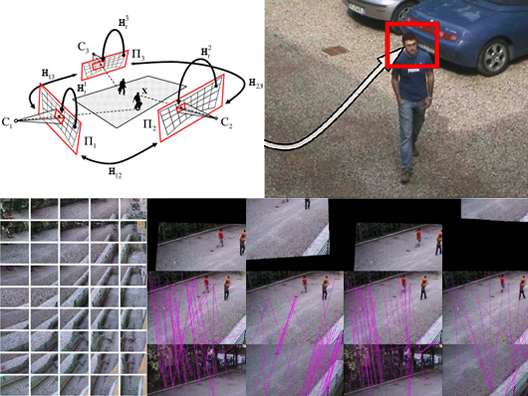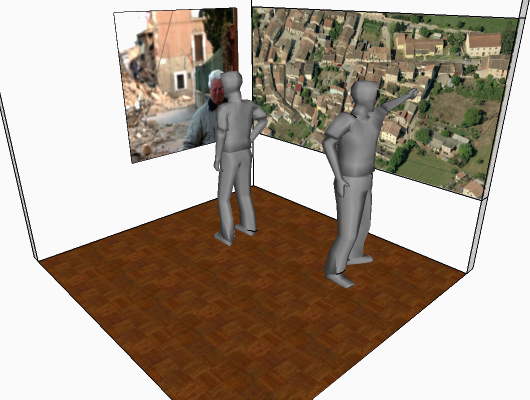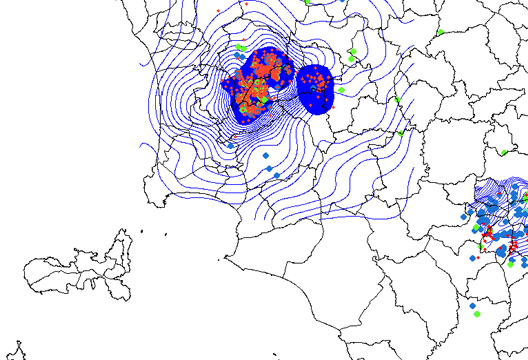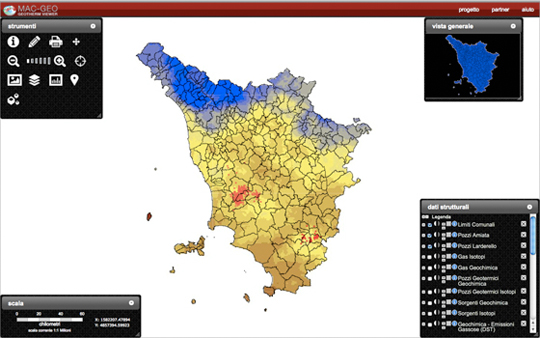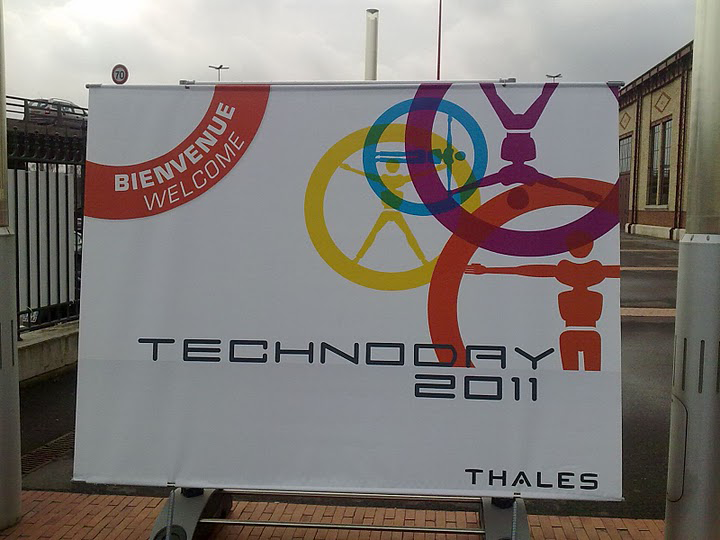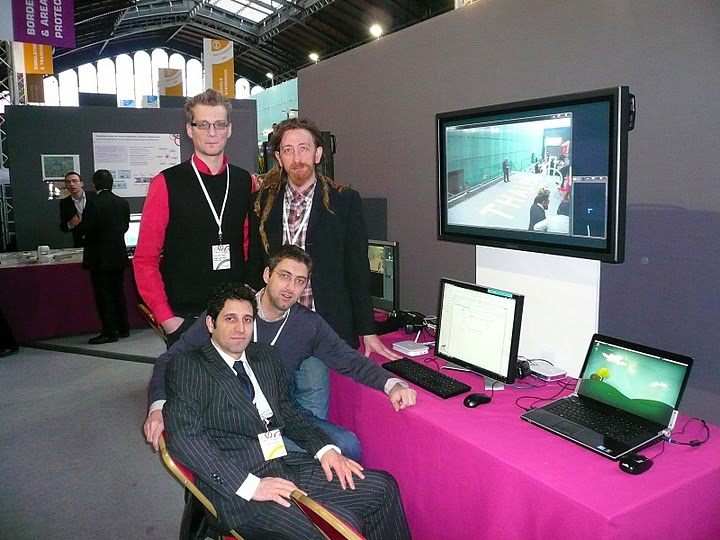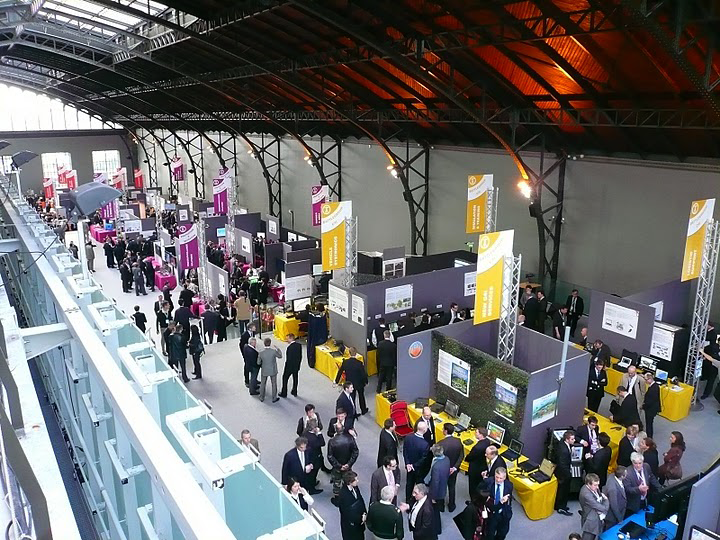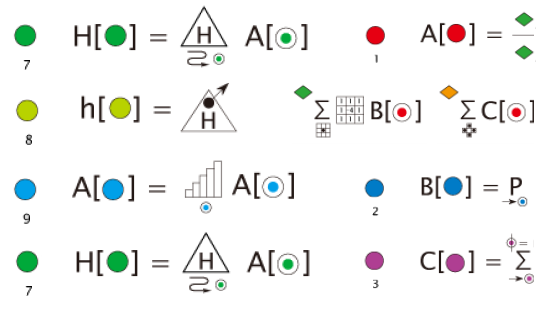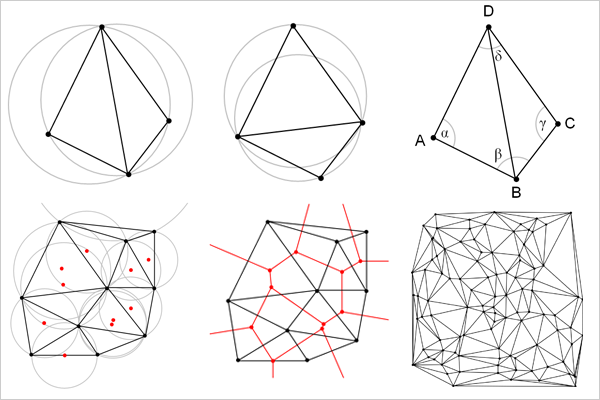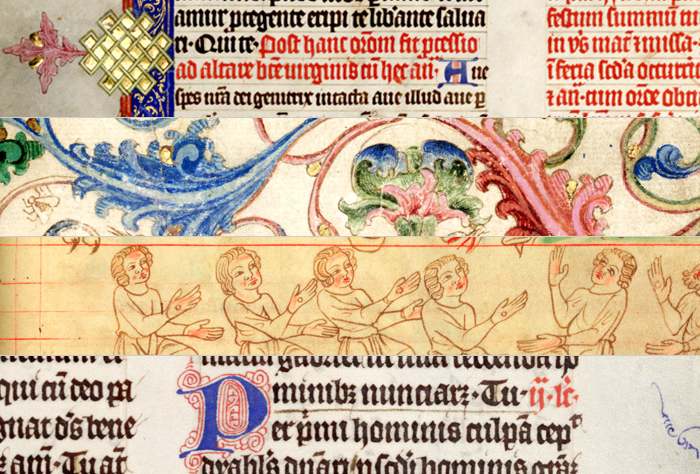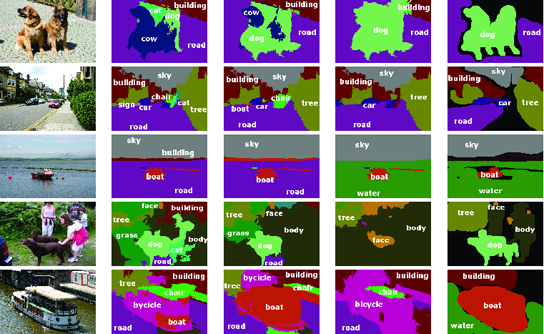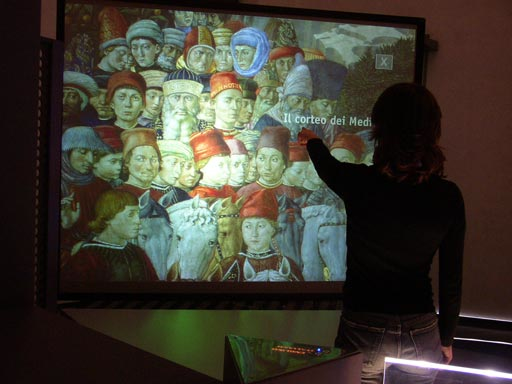DanThe is an online service, developed and implemented by Tuscany Region and MICC – Media Integration and Communication Center – University of Florence, to promote the resources related to digital cultural heritage of Tuscany. DanThe provides a direct access to collections, databases, regional museums, libraries and catalogues of cultural heritage.
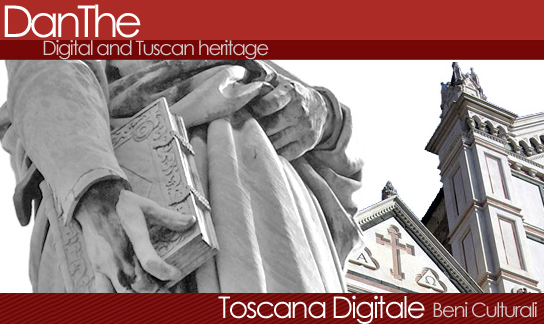
Danthe. Digital and Tuscan Heritage
The “catalogue of collections” provides a selection of the Tuscan digital documents (texts, images, video, audio) concerning cultural heritage (artistic, historical, archaeological, ethno-anthropological, archival and bibliographical). These collections were previously catalogued by the Michael Project (Multilingual Inventory of Cultural Heritage in Europe). Within the universe of European digital resources Danthe identifies a Tuscan subset of collections and make it accessible to different users.
The “catalogue of cultural heritage” is designed to collect and make available descriptive and informative catalogue records – in accordance with local owners (municipalities, museums, institutions etc.) – and realized using the standards ICCD and the CART free software, produced by the Tuscany Region and carried out by the Scuola Normale Superiore in Pisa.
In accordance with the guidelines of Michael Project, Danthe selected digital collections regarding people, works and cultural heritage of Tuscany, promoted, financed or produced by Tuscan institutions and regional offices of national or foreign institutions. The collections presented in Danthe, as those ones published on the European portal of Michael, are available online and/or offline, are free, or available on the registration fee and may be completed, planned or in progress.
In future the system will enable an innovative technological regional application to provide services that manage digital contents regarding cultural heritage and it will be able for the integration with the Regional Cooperation Application of Tuscany – CART
In this perspective, the Regional Information System will be able to:
- hold copies of data on cultural heritage (regional databases and third party) and their metadata in a centralized repository;
- allow automatic updating of data through the application infrastructure for cooperation;
- interoperate with Information systems of external structures (Michael, CulturItalia, Europeana) using appropriate protocols and server (OAI-PMH);
- allow the use of such digital contents by the web interface unified Danthe.
DanThe is part of a national strategy (portal CulturItalia) and (Europeana) which aims to combine and enhance digital assets in Europe, to consolidate descriptive standards and to set minimum standards in the development of resources of various nature and non-traditional format, generated using innovative technologies and for heterogeneous users.
Because of the deep analysis of the existent carried on digital resources relating to cultural heritage, the European project Michael was the basis to fill and populate DanThe database. The close cooperation between national European project of Michael, the regional cataloguers and the editors of DanThe allowed to use the expertise and knowledge of the local census of digital collections and to personalize the presentation and the fruition of the digital resources themselves.
Even though DanThe borrowed from Michael all the entities structured and divided according to the descriptive standard of the project, the Tuscany recourses are presented in a singular and personal way. In particular, it were not censed catalogues of libraries when they gave no services other than paper, to consider as digital collections not only the resources derived from analogical source (books, art works and objects of art, etc..) but also those formed from digital material (videos, Word documents, audio files, etc..) and to give a direct access to the collections online providing, where possible, the specific URL of the resource rather than to the generic website or the catalogue containing it.
